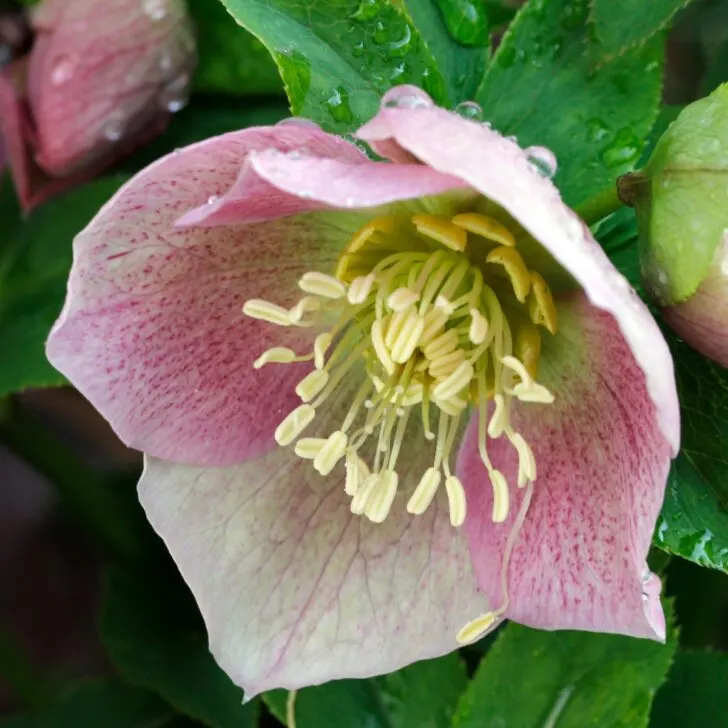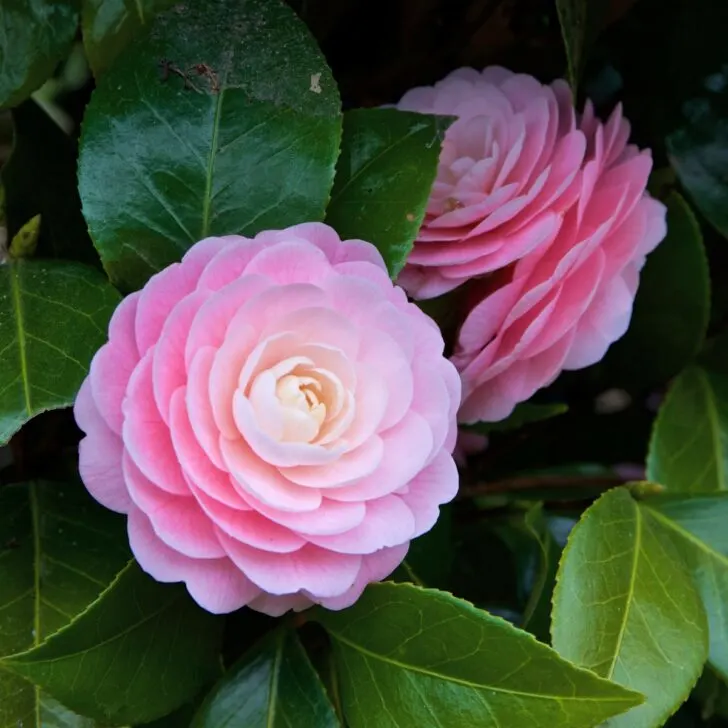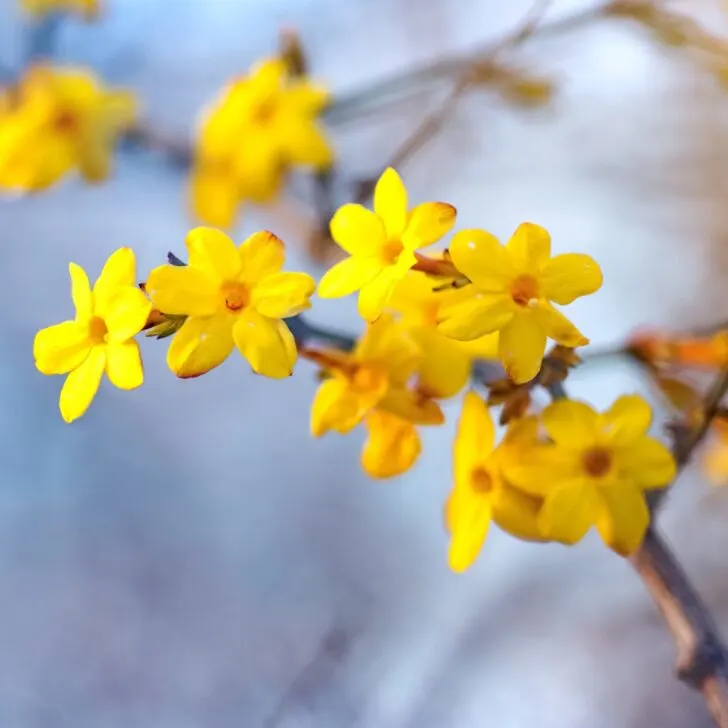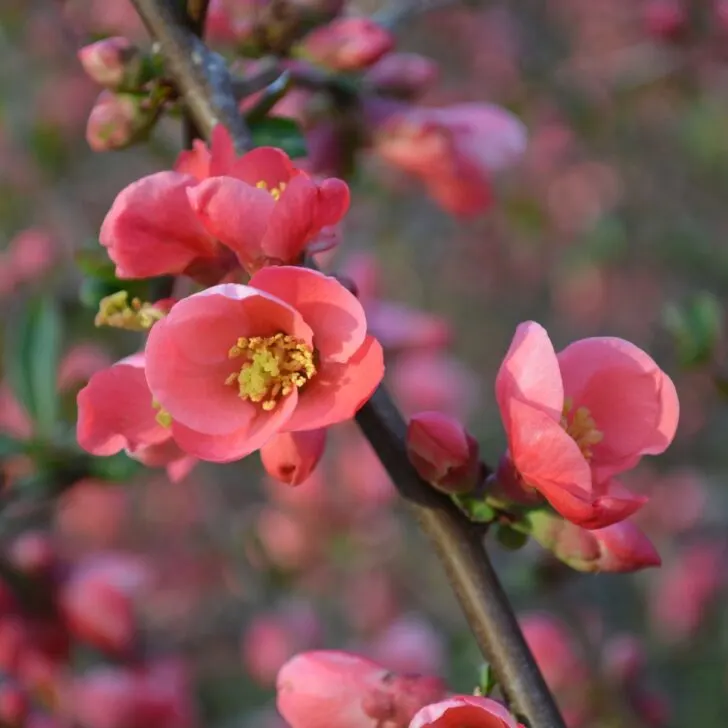Red twig dogwood provides a pop of color in winter, white flowers in spring and berries in summer. Here's how to grow red twig dogwood in your garden!

Few plants give you more four season interest than red twig dogwood! No matter what time of year it is, this shrub will look stunning in your garden.
Want a bright pop of color in winter? Plant a red twig dogwood! After the leaves fall, the eye-catching, upright red stems contrast beautifully with a snowy or rain-soaked landscape.
Want spring blooms? Plant a red twig dogwood! In late spring, it adorns the landscape with clusters of tiny white blossoms set against the green foliage and red stems. While they may not be as showy as other dogwood varieties, the flowers are still a welcome sight in spring.
Even in summer, this shrub doesn't fade into the background! It's covered in variegated or dark green foliage and dense clusters of white berries, sometimes tinged with purple.
This beautiful shrub also attracts wildlife. The dense thicket of upright branches provides a suitable nesting site for robins, brown thrashers, American goldfinch, and other birds. The nectar-filled flowers are an excellent food source for pollinator insects, and squirrels and other mammals enjoy the berries.
This post contains affiliate links for your convenience. Purchases made through these links may earn me a small commission at no additional cost to you.
Red Twig Dogwood Varieties
You can find several cultivars of dogwood called ‘red twig.’ Some have variegated leaves with light green centers and white edges, and others have more uniformly dark green foliage.
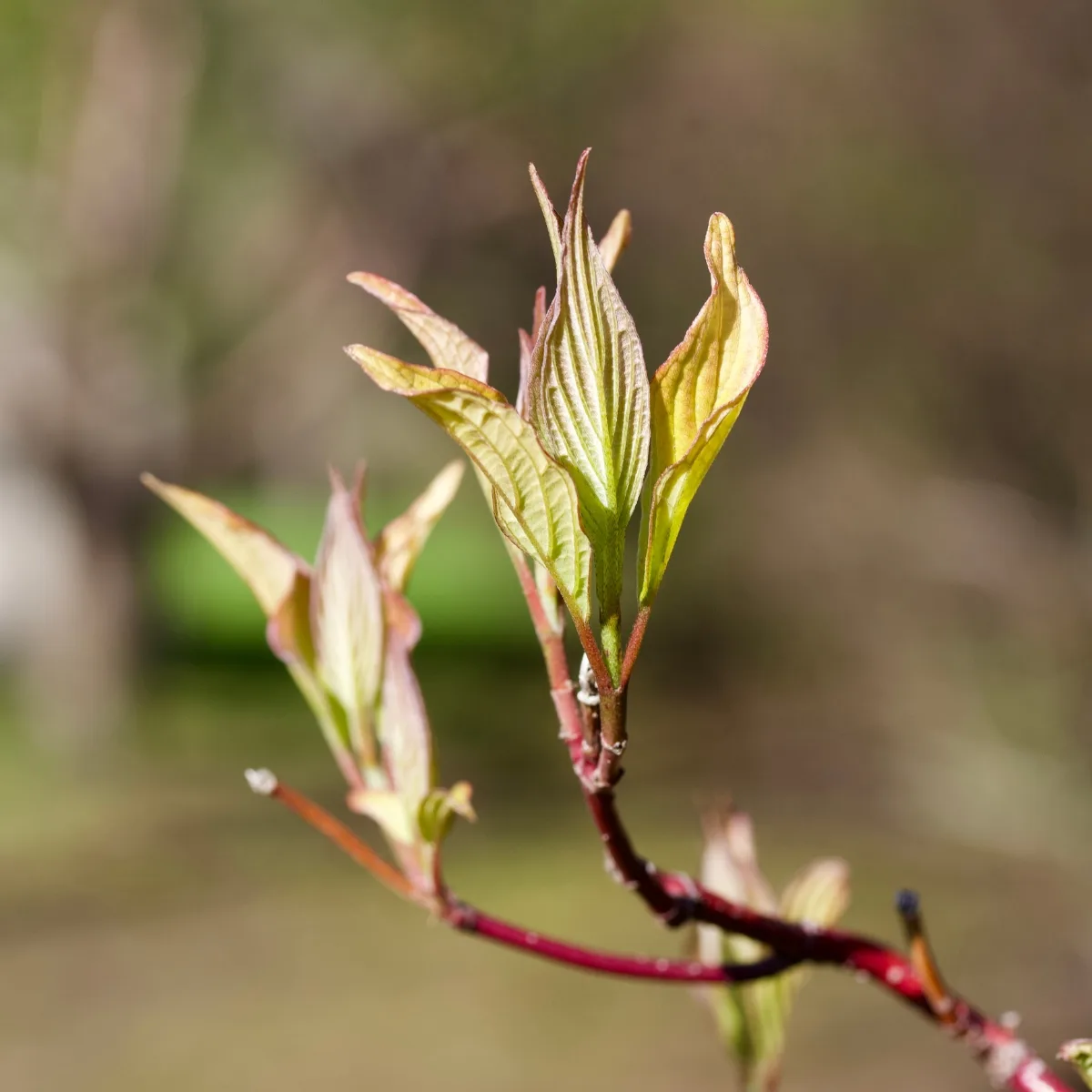
Cultivars also differ in their mature height. ‘Alleman’s Compact’ and ‘Arctic Fire’ form pleasing 5-foot mounds when full-sized. ‘Cardinal’ reaches up to 10 feet high, and ‘Kelsey's’ is among the smallest as a compact three foot shrub. You can keep any variety shorter with heavy pruning.
There are also several yellow stem varieties like ‘Silver and Gold’ and ‘Flaviramea.’ Planting red twig and yellow stem dogwoods together can make a dramatic visual impact in winter. However, if one of your reasons for planting this shrub is erosion control, the red twig varieties work best because they grow suckers that quickly expand the root system.
When to Plant Red Twig Dogwood
Late fall and early spring are the best times to plant this shrub, and plant nurseries sell red twig dogwood in these seasons. You can buy them as potted plants or with the root ball wrapped in burlap.
Where to Plant Red Twig Dogwood
Its natural habitat is along river and lake shorelines and boggy ground, so it’s a perfect shrub for wet areas. In addition, it spreads quickly from the root system, making it a valuable plant for erosion control on steep slopes, especially when planted in groups.
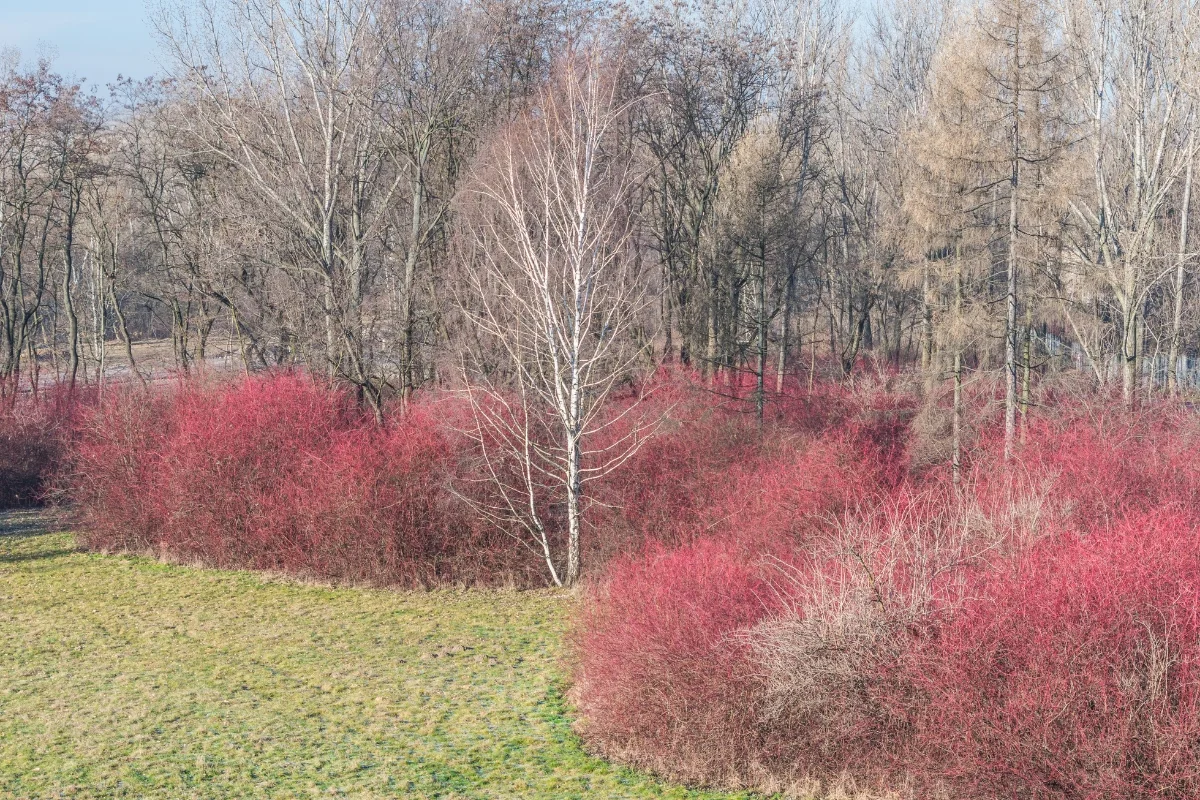
Red twig dogwood can grow in partial shade or full sun. However, the red branch color gets the brightest and most attractive when exposed to lots of sun.
It is highly adaptable to various soil types, including clay, sandy, and loamy, and it is not fussy about soil drainage and can thrive in wet ground. You can even plant it in areas that get seasonal flooding.
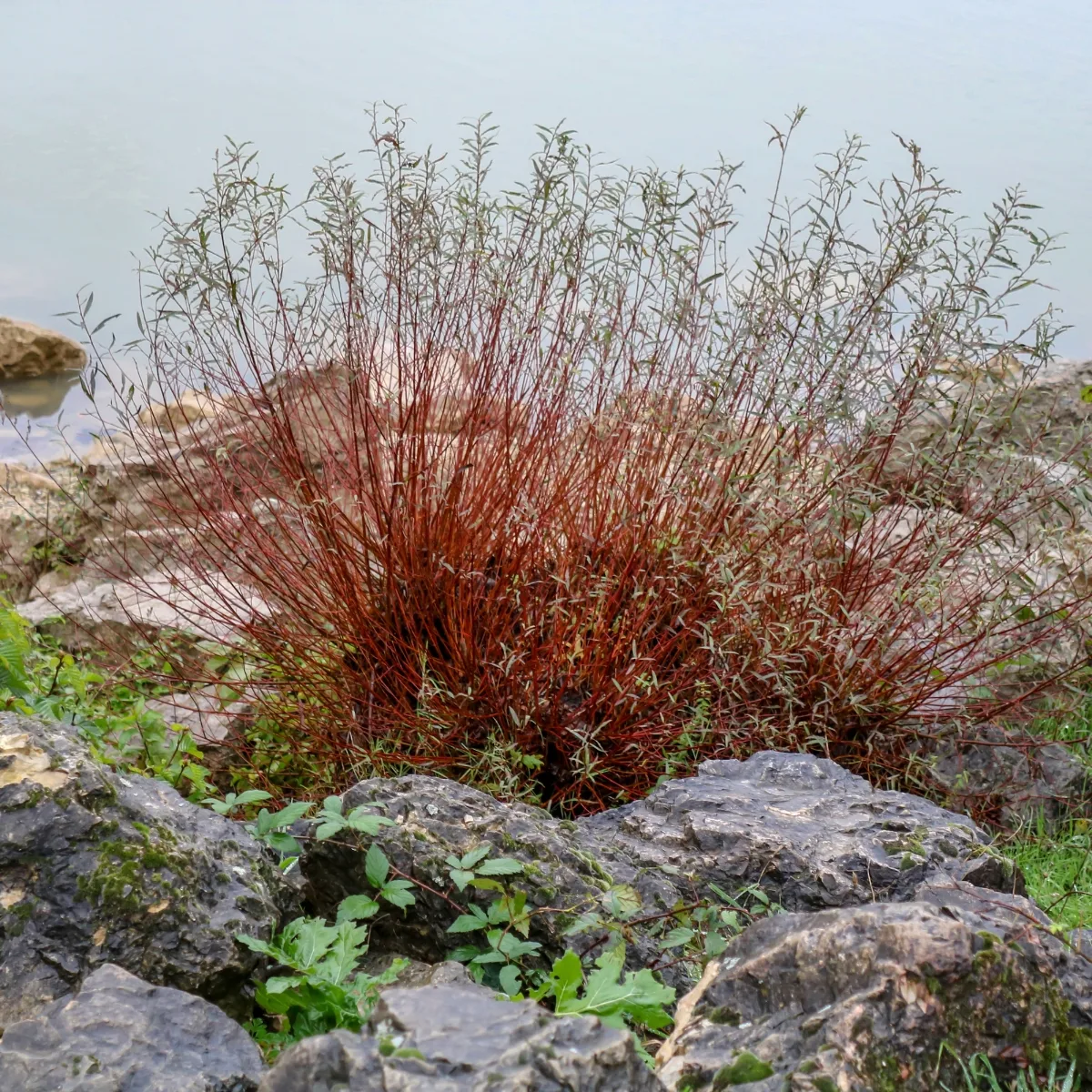
It tolerates pH levels from 6.1 to 8.5, although it does best in slightly acidic soils. However, it is sensitive to salty soil.
Red twig dogwood shrubs also have a high tolerance for temperature variation, except for not doing well in humid, hot climates that encourage canker and fungal diseases.
You can plant it alone as an accent or in masses to form a screen, border, or hedge. It is perfectly adapted for planting along waterways, and in nature, it frequently grows with cottonwoods and willows.
How to Plant a Red Twig Dogwood
Dig a planting hole twice the width of the root ball and as deep as the root system, then mix some humus-rich compost or leaf mold into the planting area. Red twig dogwood does not require additional fertilizer.
Loosen the roots if they are bound, then set the plant gently in the hole with the base of the shrub just below ground level. Backfill the hole with soil, tamp it down, and then water the area thoroughly.
If you are planting multiple shrubs, space them 4 feet apart if you want to create a hedge or thicket and 5 feet or more apart if you want to have space between the plants when they mature.
How to Care for Red Twig Dogwood
The dramatic red branches tend to fade in color as they age, so prune back older stems every two to three years to keep the shrub looking vibrant. If you don’t want the plants to spread and colonize new areas, trim the roots where they have grown beyond a 3-foot radius around the plant.
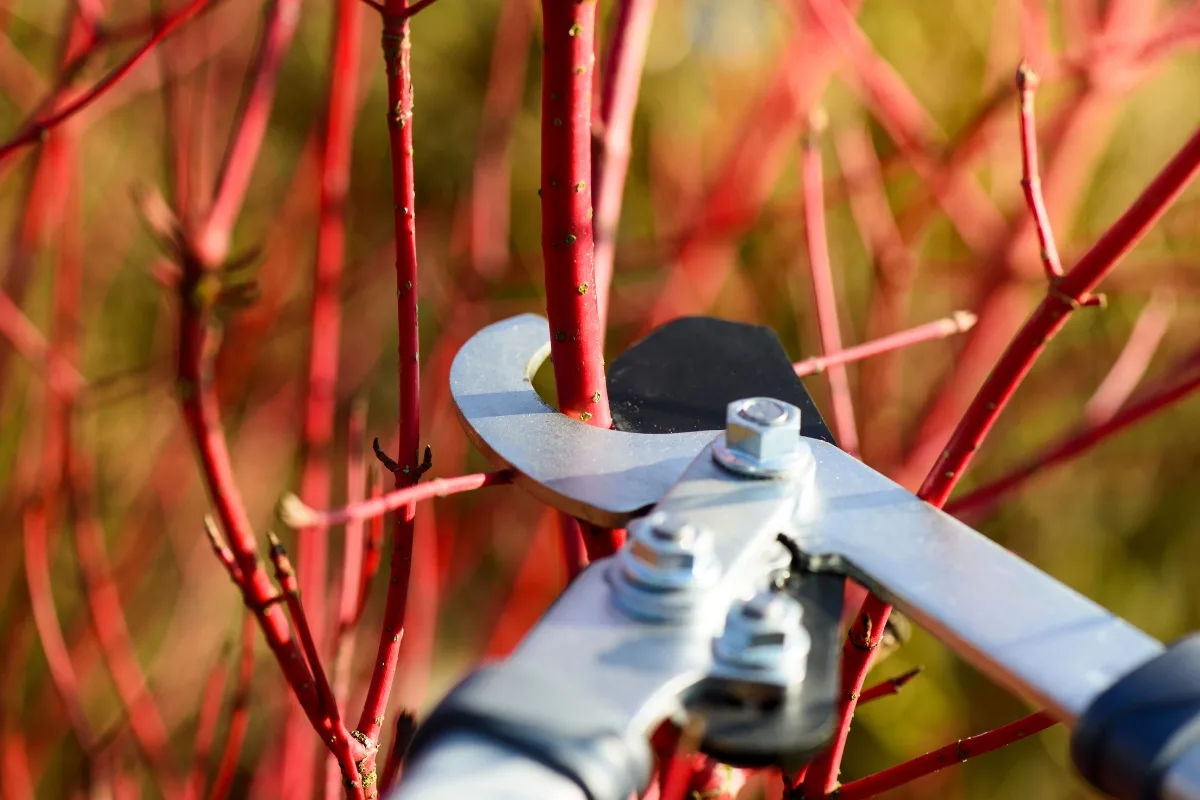
Red twig dogwood does not need fertilizer beyond a small layer of compost around the plant in spring. Water new plants at least weekly for the first season, and keep the soil moist on mature plants when it does not rain for longer than a week.


